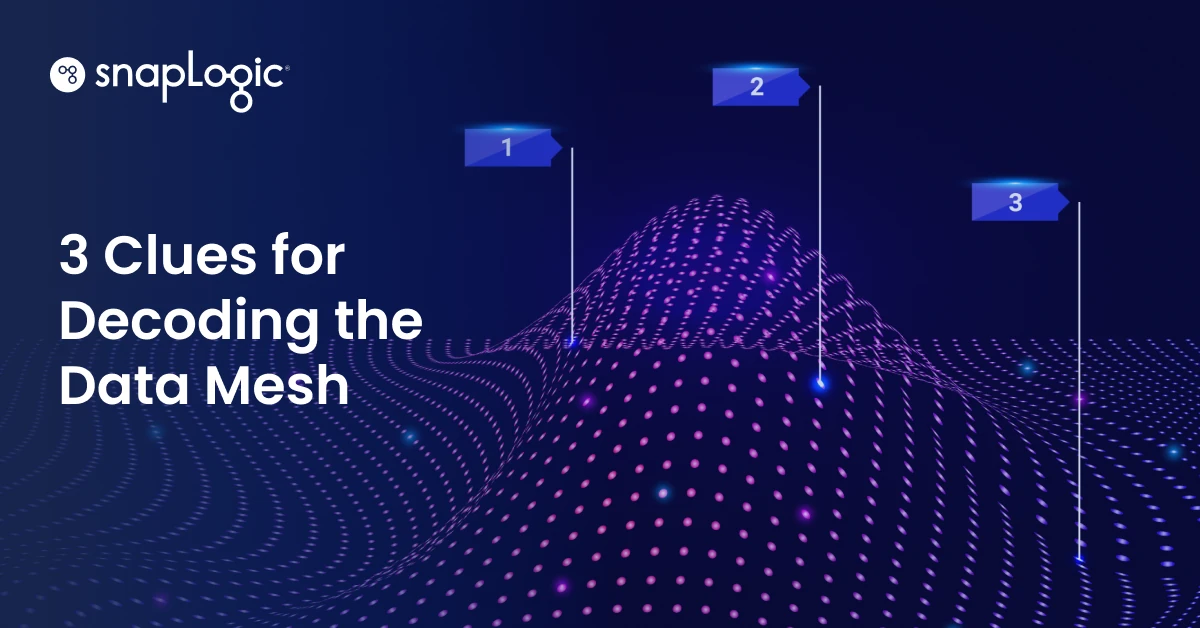There’s Software-as-a-Service (SaaS), Platform-as-a-Service (PaaS), even Infrastructure-as-a-Service (IaaS). Now, in the quest to make big data initiatives more accessible to mainstream customers, there’s a new As-A-Service offering that offloads the heavy lifting and capital expenditures associated with Big Data analytics.
Organizations from global retail giants to specialty manufacturers are mixing sales data, online data, Internet of Things (IoT) data, customer data, and other miscellaneous unstructured information bits and employing analytics to churn through the deluge to uncover patterns and valuable insights that can drive innovation, unleash new business models, promote increased efficiency, and reduce costs. According to the Economist Intelligence Unit, nearly 60 percent of executives surveyed said their firms were generating revenue from big data initiatives.
The rise of Big Data as a Service
But while Fortune 500 players have been investing millions in big data technologies and hard-to-find technology experts and data scientists, small- and mid-sized companies have mostly been shut out due to the significant cost and complexity of deploying and staffing their own initiatives. That’s where Big Data-as-a-Service (BDaaS) comes into play. With BDaaS, companies essentially offload all or many of the key ingredients – scalable cloud infrastructure, virtualization capabilities, analytics engines, data management services – to a third-party provider, allowing the enterprise to focus on wringing business value from big data instead of being bogged down in the weeds of technology deployment. It also enables companies to avoid making costly capital expenditures on infrastructure to run big data initiatives, instead allowing them to pay by the second or by the query for just the services and capacity they use. HTF Market Intelligence expects the BDaaS market to reach $48.9 billion by the end of 2025, growing at a CAGR of 15 percent from 2018 levels.
There are trade-offs, but the BDaaS advantage can benefit companies of all sizes. While off-the-shelf hardware and open source software like Hadoop is readily available, it still requires expertise and lots of investment to spin up essential components and infrastructure to support a big data initiative, unlike BDaaS which doesn’t require a significant commitment to infrastructure or manpower to run deployments. BDaaS providers also take care of compliance and security, and the services are highly scalable so they can easily accommodate the need for more storage or processing power as the volume and velocity of data collection increases.
BDaaS deployment models
Like everything in the cloud world, BDaaS comes in different flavors. Organizations can opt to go the barebones route and leverage IaaS for big data from a cloud provider. They can also tap into platform offerings like Amazon EMR, Azure Insights, or Google Cloud Platform (GCP), which deliver a managed big data stack, including popular distributed frameworks such as Hadoop, along with machine learning, analytics, dashboards and visualization capabilities, and data transformation tools.
The big three providers offer similar building blocks as part of their BDaaS offerings. Here is a snapshot of each:
Amazon’s Elastic MapReduce (EMR): This service runs managed frameworks like Hadoop, Spark, and Presto and it’s easily integrated with other AWS services like S3 for object storage. The Data Pipeline data orchestration tool is used to move, copy, and transform data, while the Kinesis Streams option accommodates high frequency, real-time analytics and its counterpart Kinesis Firehose handles large-scale data ingestion. QuickSight is a cloud-powered BI service for building visualizations and performing ad-hoc analysis, and there are a range of capabilities as part of Amazon Machine Learning to power predictive analytics.
Microsoft Azure: HDInsight is the offering’s managed Apache platform, which covers Hadoop, Spark, Storm, or HBase. Azure Data Factory is the data orchestration service used to build a data processing pipeline, and Stream Analytics is the tool for real-time data processing, including for Internet of Things (IoT) applications. For data visualizations and dashboards, there’s Power BI, and Azure Machine Learning is a managed data science platform that facilitates the construction and deployment of predictive models.
Google Cloud Platform: There are a variety of components for Big Data analytics, including Cloud Dataproc, a fully managed cloud service for running Apache Spark and Apache Hadoop clusters, and Big Query, a serverless, highly scalable enterprise data warehouse. Cloud Dataflow is the service for transforming and enriching data in real-time and batch modes, Cloud Datalab is used to explore, analyze, transform, and visualize data, and the Cloud Machine Learning Engine is yet another managed service designed to help data scientists build and put models into production.
Big data potential
Given the potential for big data analytics, companies shouldn’t let complications and cost get in the way. BDaaS enables small and large enterprises to do a deep dive into data analytics without drowning in a sea of complexity. How does your organization use big data?











